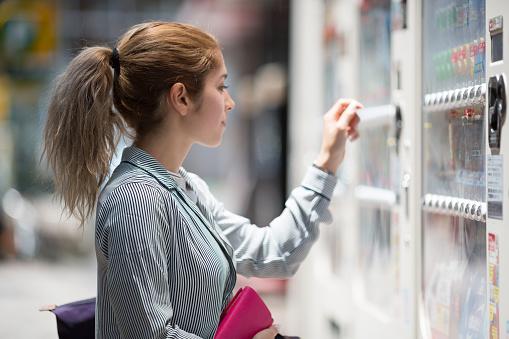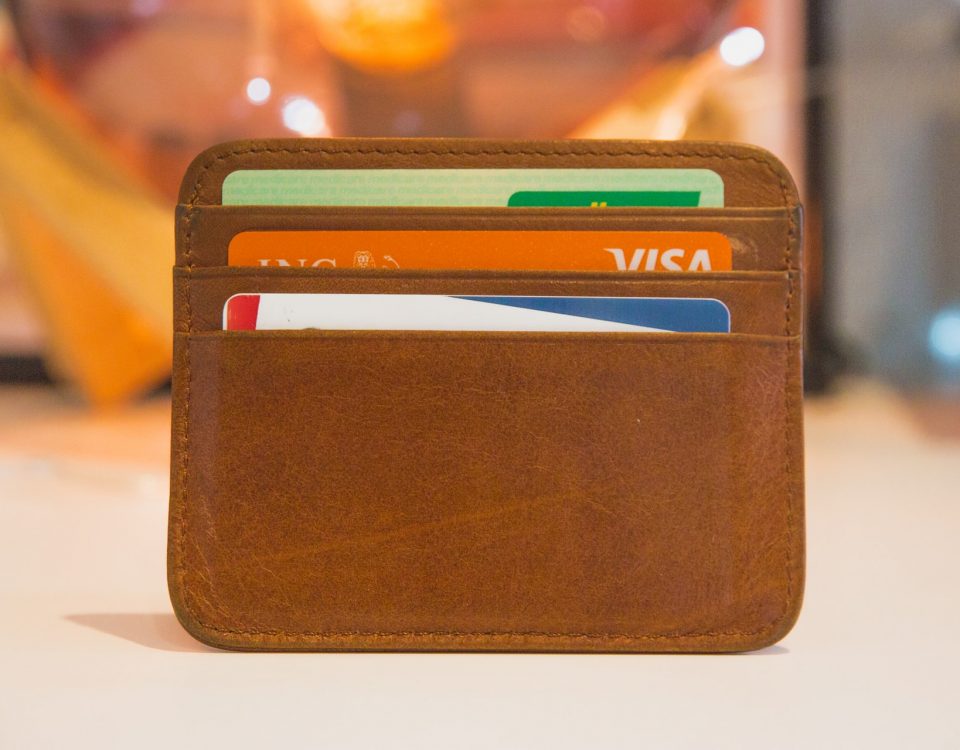
Saving On Your First Time Stocking The Kitchen
August 28, 2019
How To Decorate For Fall On A Budget
September 25, 2019 P2P payment services, like Venmo, Zelle and Square’s Cash App, are aiming to make cash obsolete – and some would contend they’re succeeding! Just a few quick swipes, and you can transfer funds to a friend, pay for an item you bought online or collect money that’s owed to you.
P2P payment services, like Venmo, Zelle and Square’s Cash App, are aiming to make cash obsolete – and some would contend they’re succeeding! Just a few quick swipes, and you can transfer funds to a friend, pay for an item you bought online or collect money that’s owed to you.
Convenient as they are, P2P payment systems have unfortunately become a breeding ground for scams and hacks. From compromised accounts to fraudulent transactions, using a P2P service opens you to some risk of losing your money to a scammer.
How do P2P payment scams happen?
There are lots of ways using a P2P payment system can put you at risk, but the following two vulnerabilities are most common:
1.) The bogus buyer
In most cash-transfer apps, when you receive a payment, the money goes into your P2P system balance and stays there until you transfer it to an external account or use it to pay for another transaction. This transfer usually takes one to three business days to clear. Crooked scammers are taking advantage of that “float” in the transfer process to con you out of your money.
Here’s how it works:
A scammer will contact you about an item you’ve put up for sale or tickets to an event. Together, you’ll arrange for an exchange of funds and goods. You may even take precautions against a possible scam by insisting on an in-person meeting for the exchange or refusing to send out the item until you see the money in your P2P account. Things proceed according to plan. You’re notified that the money has been sent to your account and you hand over your item. Sadly, you won’t realize you’ve been ripped off until a few days later when the money transfer does not clear and the contact has disappeared with your goods. Unfortunately, there’s no way you can get your money back, because most P2P providers will not offer compensation for a fraudulent sale. Similarly, your linked financial institution bears no responsibility for the scam and can’t help you recoup the loss.
2.) Publicized payments
PayPal’s Venmo is the only P2P app with a built-in social networking component. This feature has led to a host of privacy issues that have been brought to the attention of the Federal Trade Commission (FTC).
In short, every Venmo transaction you make is up for public scrutiny. No one can access the payment amounts, but anyone who is interested can track the restaurants where you like to eat, the clothing stores you most frequent and check out when you last filled your gas tank. Creepiness factor aside, all that information going public makes Venmo users super-vulnerable to scammers and identity thieves.
Venmo allows you to tweak your privacy settings to keep your information from going public, but most people are unaware of the issue and/or neglect to take this measure. Recently, the FTC ruled that Venmo must make this detail clearer to users. Venmo has since created a popup tutorial for all new users demonstrating how to adjust your privacy settings to keep your transactions from going public. If you choose to use Venmo, check your settings to be sure your money habits aren’t being broadcast for the world to see.
Protecting yourself
You can keep your money safe and still enjoy the convenience of cash-transfer apps with these simple steps:
- Only send money to people you know and trust.
- Never use a P2P service for business-related transactions.
- When using Venmo, adjust your privacy settings and opt-out of public tracking.
- Carefully read the terms and conditions of a P2P service before using.
- Always choose two-factor identification and use a PIN when possible. If your app and phone allows, choose fingerprint recognition and/or touch ID for added protection.
- Accept any security updates offered by the P2P app you use.
- Check your recipient’s information carefully before completing a money transfer.
- Choose to be notified about every transaction.
- Link an external account instead of keeping your funds in the P2P account.



